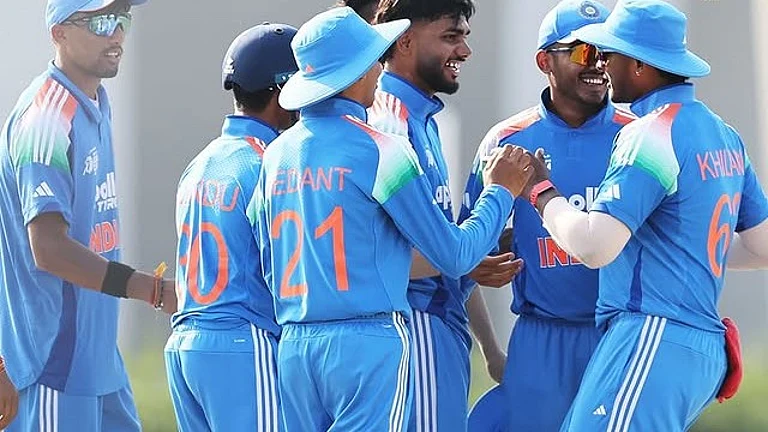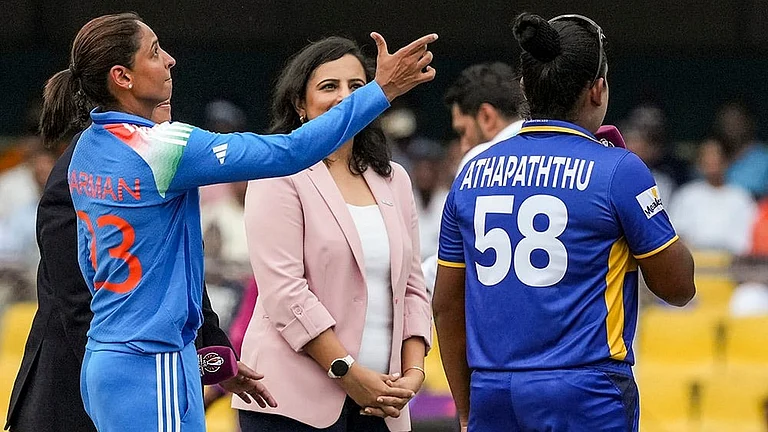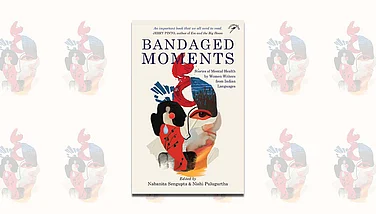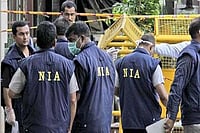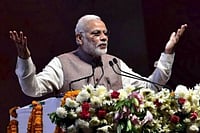One wonders what the somewhat pretentious word creative is supposed toindicatea point to which I shall return later. But first let us look at the book inits context. In 1969, Ghalib, Life and Letters, by myself and Khurshidul Islam,was published simultaneously in the US and UK. (An OUP edition is still in print.) Itremains, as far as I know, the fullest treatment of Ghalibs life and is, Idclaim, no less creative than the work under review. But a friendly criticpointed out to me that although Ghalib is known mainly as a great poet, our book did notadequately reflect this. Prigarinas book more than remedies this deficiency and forthis deserves high praise; and if I now go on to point out important defects I would notwish this to obscure its virtues.
The welcome weight given to Ghalibs poetry owed more to quantity than quality.There is a lot of mere padding in the narrative. The authors vauntedcreativeness expresses itself mainly in the interweaving of the poetry withthe incidents of Ghalibs life. This is an entirely appropriate method and iseffectively usedbut not always in justifiable ways. The great danger here arisesfrom the fact that as the author correctly states (on page 126), it is practicallyimpossible to find out when one or (the) other verse was written, whereas in order tovisualise the story of a poets life as the biography of his heart one should atleast know when he wrote a particular verse. This does not mean that one cantillustrate the significance of a particular incident by quoting a verse which was not infact composed for that purpose. The author does this, for example, on page 310, where sheaptly says that the poetic motif of one of his earlier ghazals becomes unexpectedlyrelevant at this point. But she quite often quotes verses at different points in thenarrative in a way which leaves the reader to assume that these were composed at the timeof the event being narrated. The most glaring example is on pages 109-110 where a completeghazal lamenting the death of his beloved is stated to be dedicated to the death ofa domni; and this is said to be a fact confirmed by all thebiographers. The first statement is probably false and the second entirely so.
A great weakness of the book is that its author often fails to give due weight toGhalibs perfectly clear and unequivocal attitudes, and prefers her owncreative interpretations to his. This is specially evident in her treatment ofhis attitude to the 1857 revolt. Theres absolutely no reason to doubt that the utterloathing and contempt which he expresses for the mutinous sepoys and their supporters isexactly what he felt, and the suggestion that these views were expressed as a ploy tocurry favour with the British is unwarranted. That Ghalibs contempt was genuine isclear from his letters to his friends, but his creative biographer does not scruple tosuppress this. In a letter which she mistakenly says was written to Hakim Ghulam NajafKhanit was in fact one to Tuftathere is a sentence in which he laments theloss of his friends, both English and Indian. He writes: The English whom theseinfamous black scoundrels slaughtered, but Prigarina in quoting this letteromits the words I have italicised.
Thus the creative author often fails to use some of Ghalibs own muchmore creative writing about his experiences. For example, she gives little attention tohis devotion to his grandchildren. Yet there is a wonderfully vivid expressionof his love for these two mischievous, unruly boys in his letter to Tufta dated June 18,1852.
Another glaring omission is the absence of a proper evaluation of Ghalibsletters, second only to his Urdu verse as the basis of his fameand there is nomention of Ghalibs own estimate of them and of how he at first absolutely prohibitedtheir publication and then changed his mind and himself made every effort to collect them.
Like everybody else, she quotes Ghalibs exaggerated exaltation of his Persianverse over his Urdu, and fails to note his equally exaggerated assertion of the exactopposite. If people cry Can Urdu then put Persian verse to shame? recite aline of Ghalibs verse and tell them Yes, like this!
She also seems totally unaware of the existence of the important collection ofGhalibs letters, Nadirat-i-Ghalib, published in 1949 but not even listed inher bibliography. This is full of his delightfully uninhibited praise of his own Urduverse and includes the humorous claim that it is greatly superior to that of his greatpredecessors Mir and Sauda.
A word about the production of the book. Readers accustomed to oups traditionalhigh standards will be disappointed in the marked lapse from them in evidence here.oups editors have not done their job properly. For example, Ghalibs famousprophecy about the fate of his verse is mistranslated on page x; and yet a correct (if notvery elegant) translation of the same verse is given in page 244. (Incidentally, thetranslations throughout the book are disappointing.) There are no notes, and for manyimportant quotations given in the main text no sources are given. Neither is thisdeficiency made good in the totally inadequate bibliography.
Having said all that, let me reiterate that the book is a valuable and generallywell-written. So buy or borrow it and read it. You will enjoy it.
(Ralph Russell is the author of Ghalib: Life and Letters.)







